EPJ B Highlight - How cooperation emerges in competing populations
- Details
- Published on 06 July 2016

New theoretical approach to understand the dynamics of populations reaching consensus votes or of spreading epidemics
Social behaviour like reaching a consensus is a matter of cooperation. However, individuals in populations often spontaneously compete and only cooperate under certain conditions. These problems are so ubiquitous that physicists have now developed models to understand the underlying logic that drives competition. A new study published in EPJ B shows the dynamics of competing agents with an evolving tendency to collaborate that are linked through a network modelled as a disordered square lattice. These results are the work of Chen Xu from Soochow University, Suzhou, China and colleagues. They believe that their theoretical framework can be applied to many other problems related to understanding the dynamical processes in complex systems and networked populations, such as the voter dynamics involved in reaching a consensus and spreading dynamics in epidemic models and in social networks.
EPJ B Highlight - Surprising qualities of insulator ring surfaces
- Details
- Published on 22 June 2016
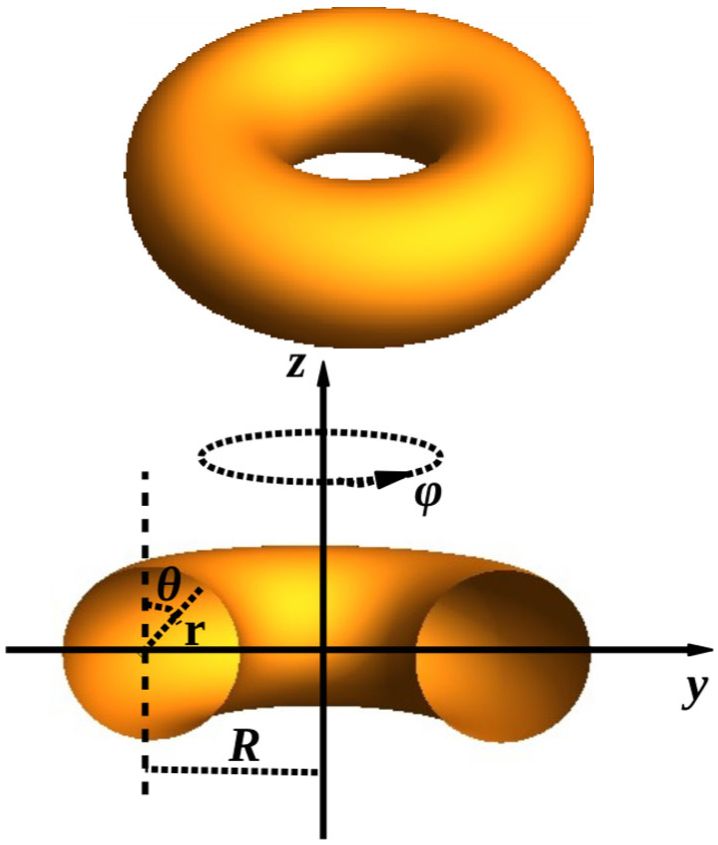
Surface phenomena in ring-shaped topological insulators are just as controllable as those in spheres made of the same material
Topological insulators behave like insulators at their core and allow good conductivity on their surface. They owe their characteristics to a new quantum state within the material discovered in 2007 and 2009 for 2D and 3D materials, respectively. Scientists studying the surface of ring-shaped, or toric, topological insulators, have just discovered some characteristics that had only previously been confirmed in spheres. Jakson Fonseca from the University Federal of Viçosa, Brazil, and colleagues describe their findings in a paper published in EPJ B. These results could hold considerable potential for applications in electronics. Indeed, this discovery means that the curved surface induces internal fields, called gauge fields, in the electrons carrying the electric charge located at the surface. By contrast, in graphene, similar fiels have been induced by mechanical tensions or defects in the way the carbon atoms are arranged in the one-atom-thick honeycomb lattice.
EPJ B Highlight - Electronic counterpart to ecological models revealed
- Details
- Published on 23 March 2016
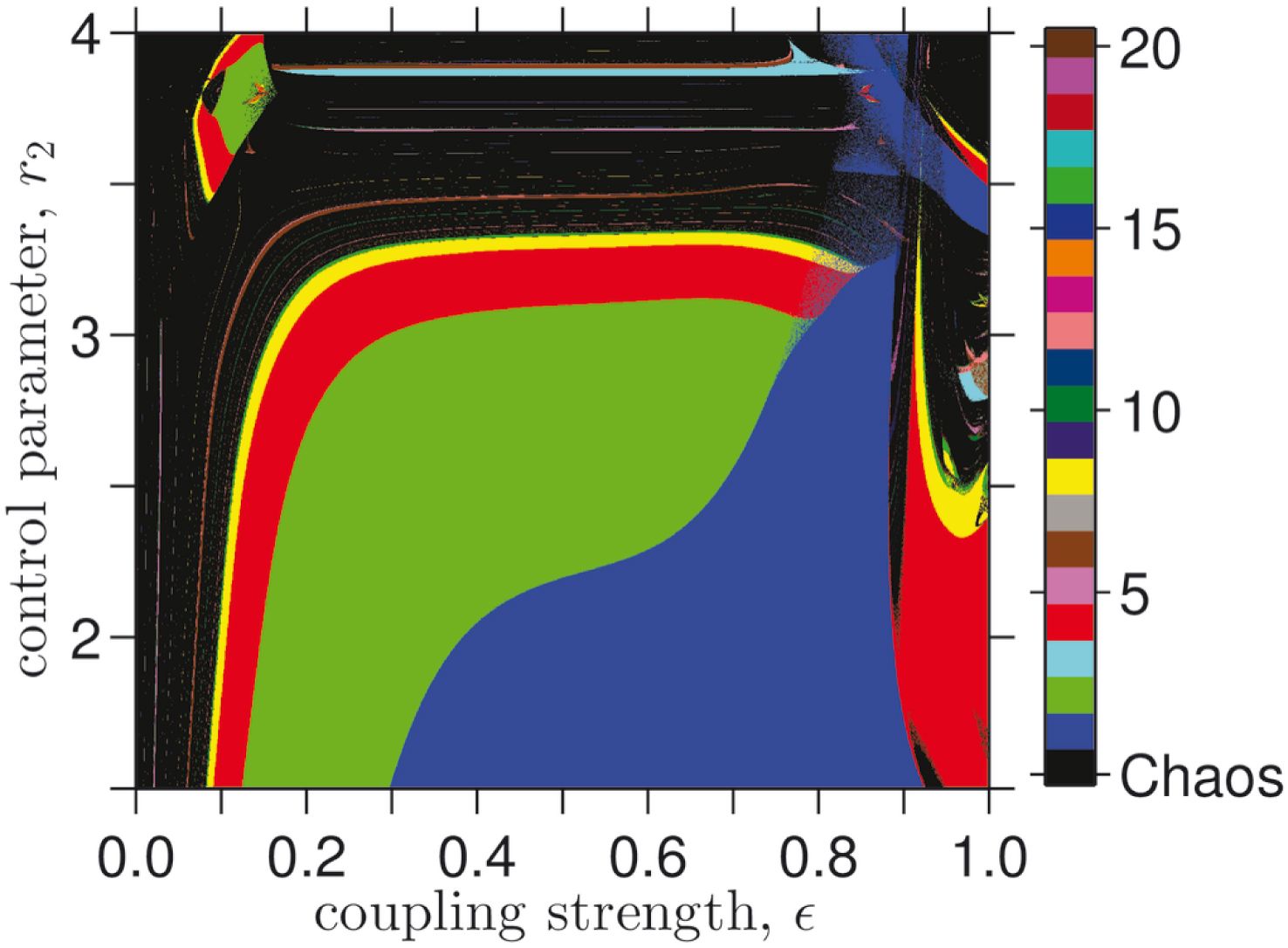
Peering into the future of populations with the help of complex networks of predictive maps
Predicting the future from the present - that’s what logistic maps can do. For example, they can be used to predict the evolution of a population in the near future based on its present situation. They are relevant when studing systems such as entire populations, where the behaviour of the separate units - which have the ability to self-organise - cannot explain the behaviour of the system as a whole. Alexandre L'Her from the University of the Republic, Montevideo, Uruguay, and colleagues have now developed an electronic version of a logistic map that is capable of interacting with many other maps, making the model scalable. As a benchmark to explain new emerging behaviours of entire complex systems, they have studied networks of logistic maps coupled together at various levels. Their findings were recently published in EPJ B and make it possible to more easily compare previous computer simulations with experimental results obtained using this state-of-the art electronic model.
EPJB Colloquium - Fulfillment of sum-rules and Goldstone modes in many body theories
- Details
- Published on 15 February 2016

This EPJ B Colloquium article explores applications of the Self-Consistent Random Phase Approximation (SCRPA) approach to Fermi systems with a continuously broken symmetry. Correlations beyond those considered by standard Random Phase Approximation (RPA) are summed up, thereby correcting for the quasi-boson approximation in standard RPA.
EPJ B Highlight - Helping turn waste heat into electricity
- Details
- Published on 03 February 2016
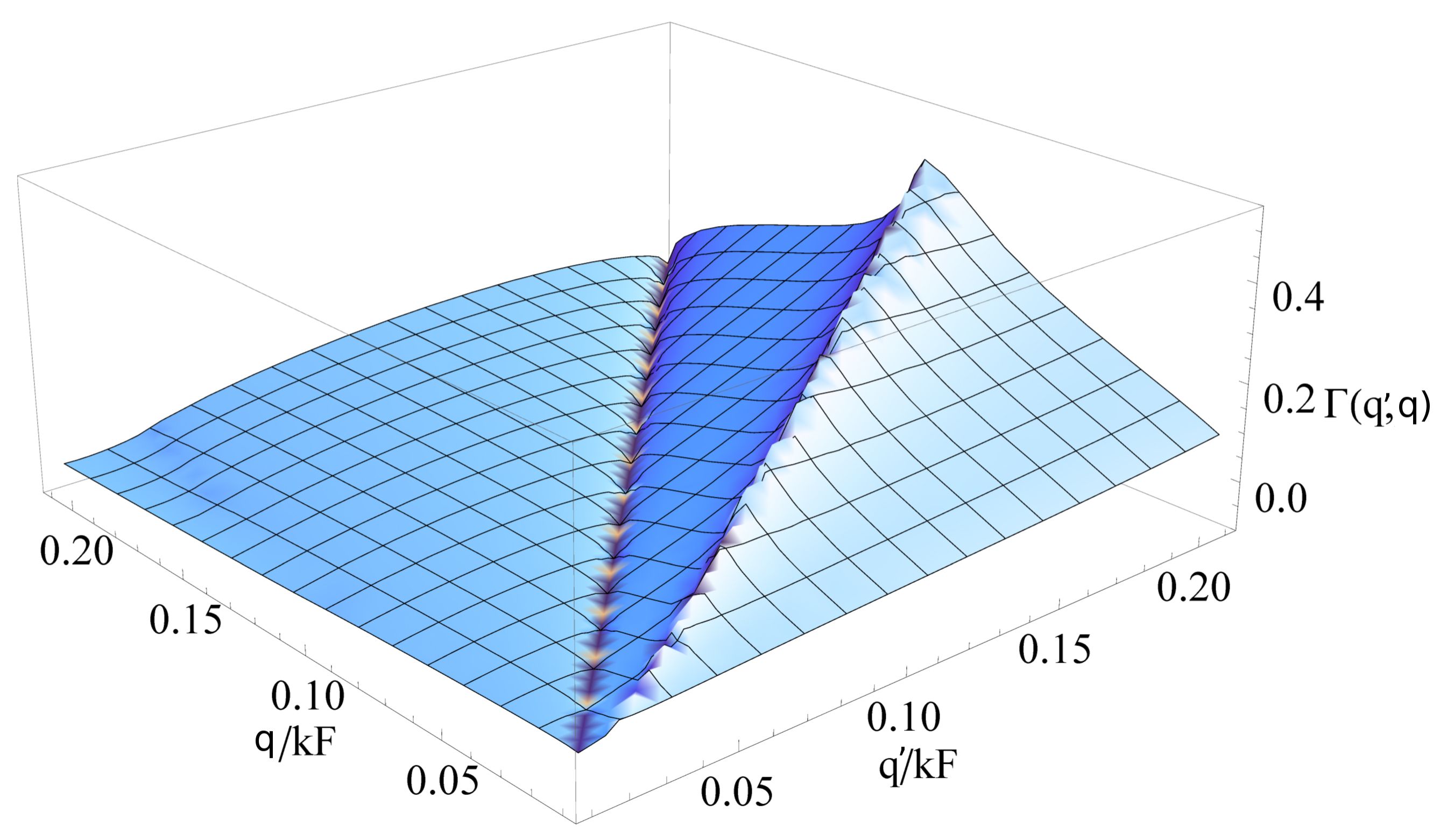
How the collective motion of electrons interacting with crystal atoms can be fine-tuned to harvest excess heat
At the atomic level, bismuth displays a number of quirky physical phenomena. A new study reveals a novel mechanism for controlling the energy transfer between electrons and the bismuth crystal lattice. Mastering this effect could, ultimately, help convert waste heat back into electricity, for example to improve the overall efficiency of solar cells. These findings have now been published in EPJ B by Piotr Chudzinski from Utrecht University, the Netherlands.
EPJ B Highlight - Exact formula now available for measuring scientific success
- Details
- Published on 31 January 2016

Polish team has developed equations governing the growth of authors’ h-index using an agent-based model
Scientometrics research is the science of evaluating scientific performance. Physics methods designed to predict growth based on a scale-free network have rarely been applied to this field. Now, scientists in Poland have developed an analytical method using a previously developed agent-based model to predict the h-index, probably the most popular citation-based scientific measurement, using bibliometric data. They are the very first to succeed in developing an exact formula to calculate the number of external citations and self-citations for each paper written by an author. These findings have just been published in EPJ B by Barbara Żogała-Siudem from the Systems Research Institute, Polish Academy of Sciences, Warsaw, and colleagues. It opens the door to applying this growth analysis to social network users or citations from different scientific fields.
EPJ B Colloquium - Nanophononics: state of the art and perspectives
- Details
- Published on 20 January 2016
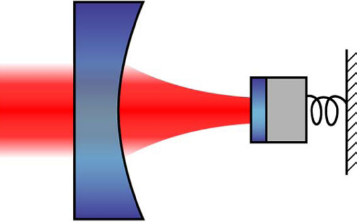
Understanding vibrations in condensed matter, and in particular how to control these vibrations, is proving essential both at a fundamental level and for the development of a broad variety of technological applications. Intelligent design of the band structure and transport properties of phonons at the nanoscale, including their interactions with electrons and photons, has improved the efficiency of nanoelectronic systems and thermoelectric materials, permitted the exploration of quantum phenomena with micro- and nanoscale resonators, and provided new tools for spectroscopy and imaging.
EPJ B Highlight - Conductor turned insulator amid disorder
- Details
- Published on 02 December 2015

Study analyses how disorder in the way atoms are connected in a material influences electric conductivity
Some materials that are inherently disordered display unusual conductivity, sometimes behaving like insulators and sometimes like conductors. Physicists have now analysed the conductivity in a special class of disordered materials. Martin Puschmann from the Technical University Chemnitz, Germany, and colleagues have demonstrated that electrons in the materials studied display a multifractal spatial structure at the transition between conductive and insulating behaviour. These findings have just been published by in EPJ B.
EPJ B Highlight - Trapping climate pollutant methane gas in porous carbon
- Details
- Published on 01 December 2015
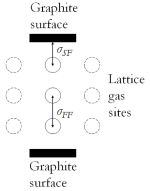
New adsorption of gas into porous carbon simulations are of interest to energy research and climate change mitigation
As talks of global warming are once again making headlines, scientists have renewed their efforts to understand how to best limit its effects. For example, sequestrating short-lived climate pollutants, such as methane and black carbon, yields much faster reductions in global warming compared to reductions in CO2. To do so, it is essential to have a better grasp of the nature of physico-chemical properties of gases interacting with porous carbon. Now, a team of chemical engineering researchers based in South Africa has established ways of accurately simulating methane adsorption and desorption in carbon with nanopores. These findings have been published by Matthew Lasich and Deresh Ramjugernath from the University of KwaZulu-Natal, Durban, South Africa, in EPJ B. Alternative applications for such findings are relevant for future energy research, such as energy storage and the development of natural gas extraction methods.
EPJ B Colloquium: Hierarchy of scales in language dynamics
- Details
- Published on 12 November 2015

Language is a collective phenomenon, shared by a group of speakers, and originating from interactions between individual group members. This dimension has captured the interest of statistical physicists who have applied their methods to study how languages change and differentiate themselves from one another over time.





